What Is the Difference Between Depreciation and Amortization?
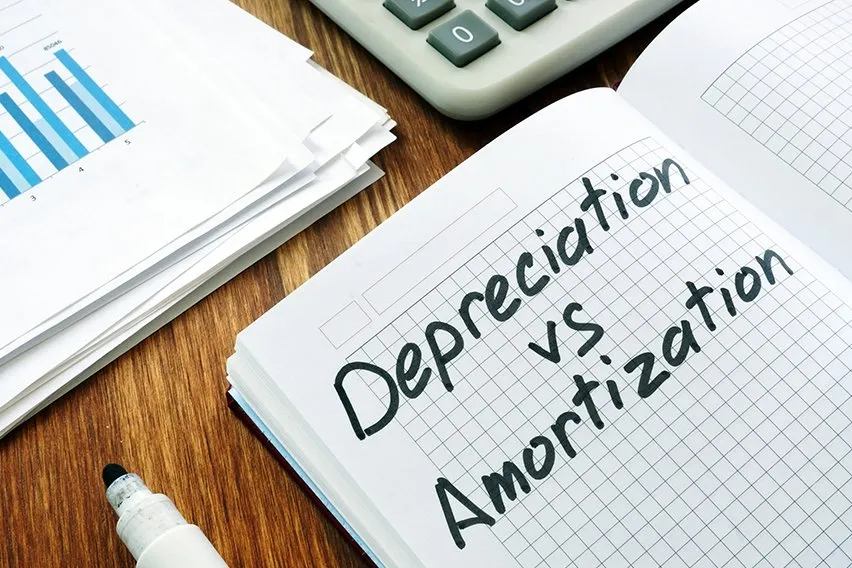
The assets a company acquires comes at a cost. Most assets don’t last forever, so their cost needs to be proportionately expensed for the time-period they are being used within. The method of prorating the cost of assets over the course of their useful life is called amortization and depreciation.
The main difference between depreciation and amortization is that depreciation is used for tangible assets while amortization is used for intangible assets.
In this article, you will also learn about:
What Is the Meaning of Amortization?
What Is the Meaning of Depreciation?
How Does Amortization Affect a Balance Sheet?

What Is the Meaning of Amortization?
The practice of spreading an intangible asset’s cost over the asset’s useful lifecycle is called amortization. Intangible assets are not physical assets.
Amortization is typically expensed on a straight-line basis, meaning the same amount is expensed in each period over the asset’s useful lifecycle. Assets expensed using the amortization method usually don’t have any resale or salvage value, unlike with depreciation.
Intangible assets that are expensed through amortization include:
- Franchise agreements
- Proprietary process like copyrights
- Trademarks and patents
- Organizational costs
- Cost of issuing bonds to raise capital
The word amortization carries a double meaning, so it is important to note the context in which you are using it. An amortization schedule is used to calculate a series of loan payments of both the principal and interest in each payment as in the case of a mortgage. So, the word amortization is used in both accounting and in lending with completely different definitions.
What Is the Meaning of Depreciation?
Expensing a fixed asset over its useful lifecycle is called depreciation. Fixed assets are tangible, physical assets that can be touched.
Assets that are fixed or tangible that are depreciated include:
- Buildings
- Equipment
- Land
- Machinery
- Office furniture
- Vehicles
Since tangible assets might have some value at the end of their life, depreciation is calculated by subtracting the asset’s salvage value or resale value from its original cost. The difference is depreciated evenly over the years of the expected life of the asset. In other words, the depreciated amount expensed in each year is a tax deduction for the company until the useful life of the asset has expired.
As an example, an office building can be used for several years before it becomes run down and is sold. The cost of the building is spread out over its predicted life with a portion of the cost being expensed in each accounting year.
Some fixed assets can be depreciated at an accelerated rate, meaning a larger portion of the asset’s value is expensed in the early years of the assets’ lifecycle. A vehicle is an example of accelerated depreciation.

How Does Amortization Affect a Balance Sheet?
Instead of recording the entire cost of an asset on a balance sheet, a business records a portion of an asset’s cost on the income statement in each accounting period for the asset’s lifecycle. A business records the cost of intangible assets in the assets section of the balance sheet only when it purchases it from another party and the assets has a finite life.
The method in which to calculate the amount of each portion allotted on the balance sheet’s asset section for intangible assets is called amortization.
Intangible assets annual amortization expenses reduce its value on the balance sheet and therefore reduced the amount of total assets in the assets section of a balance sheet. This occurs until the end of the useful lifecycle of an intangible asset.
For example, if an intangible asset has a three-year useful life and a $300 annual amortization expense, its value on the balance sheet would be reduced by $300 annually for three years, which would reduce total assets by $300 annually.
RELATED ARTICLES

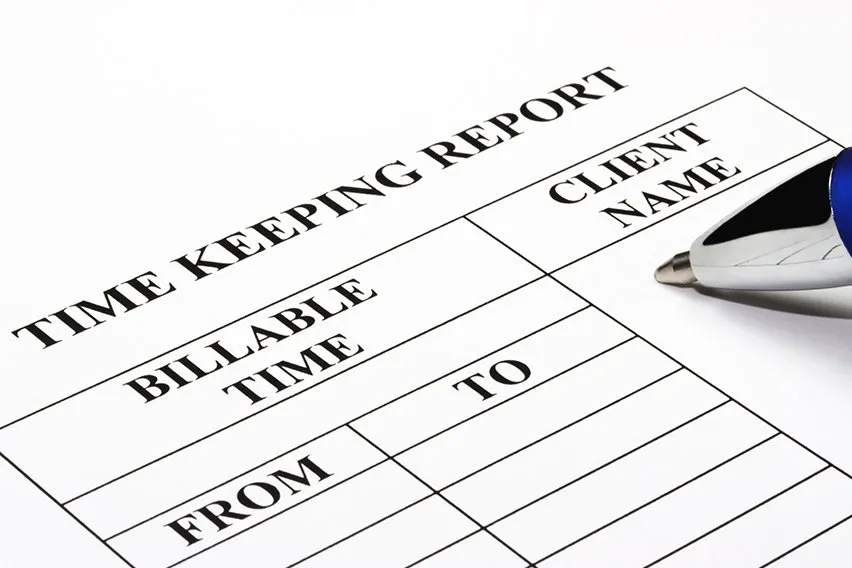 What Are Bills Payable? A Guide To Accounts Payable Entries For Small Businesses
What Are Bills Payable? A Guide To Accounts Payable Entries For Small Businesses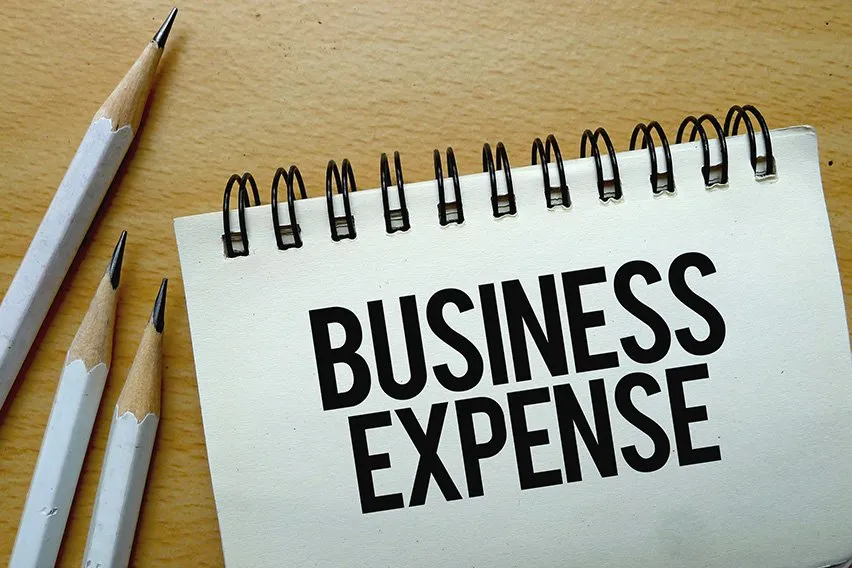 Business Expenses: Definition with Examples
Business Expenses: Definition with Examples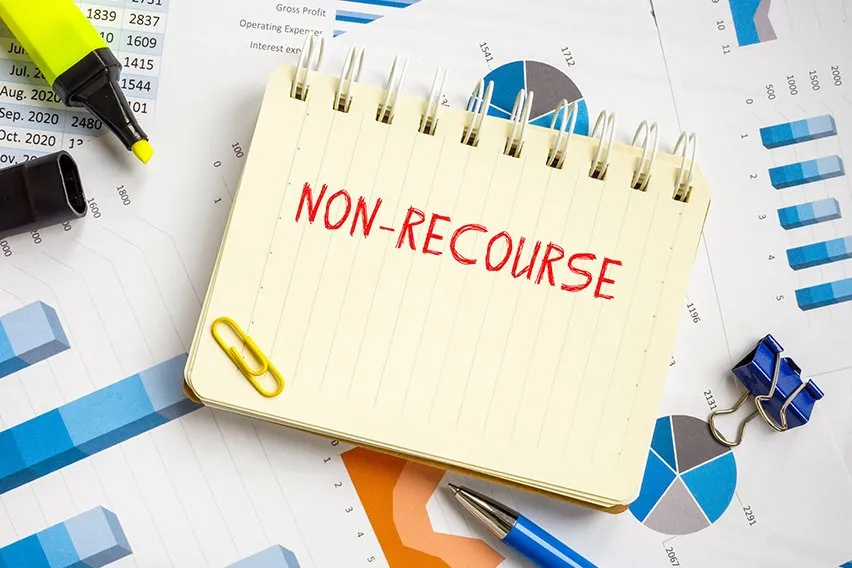 What Is Recourse Debt? Understanding Small Business Loan Types
What Is Recourse Debt? Understanding Small Business Loan Types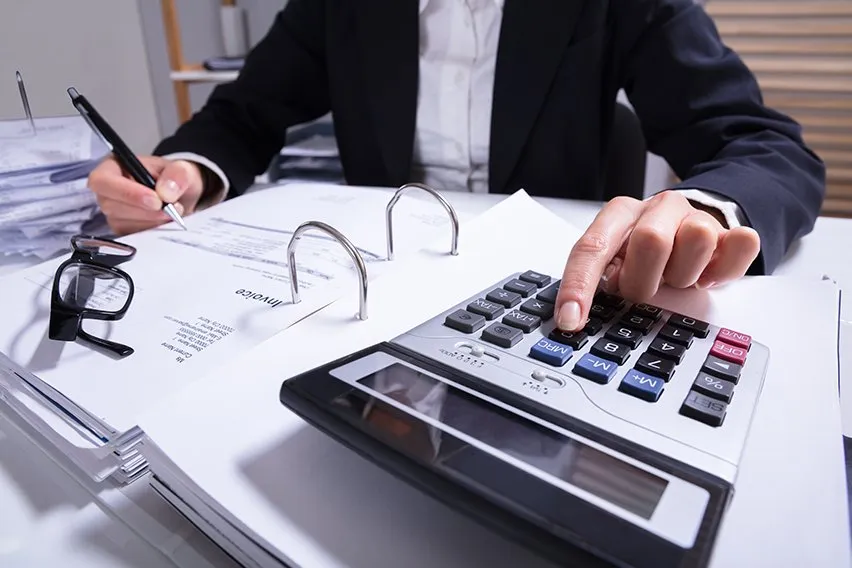 What Is Actual Cost?
What Is Actual Cost? How To Open A Business Bank Account in 6 Easy Steps
How To Open A Business Bank Account in 6 Easy Steps What is Accounts Payable: Definition, Process, and Examples
What is Accounts Payable: Definition, Process, and Examples